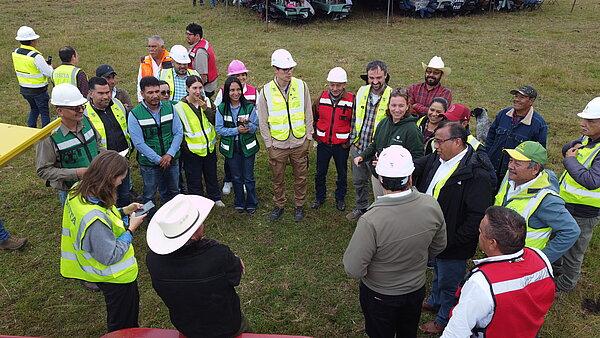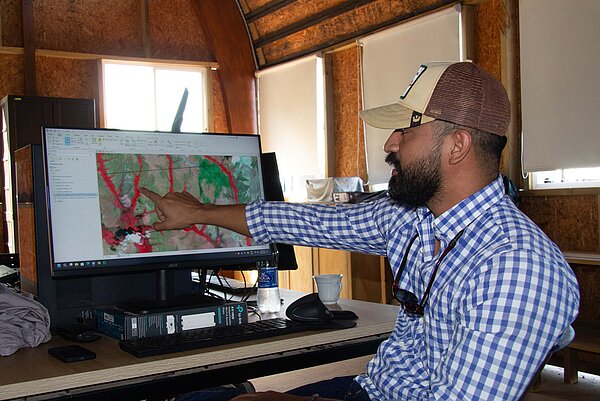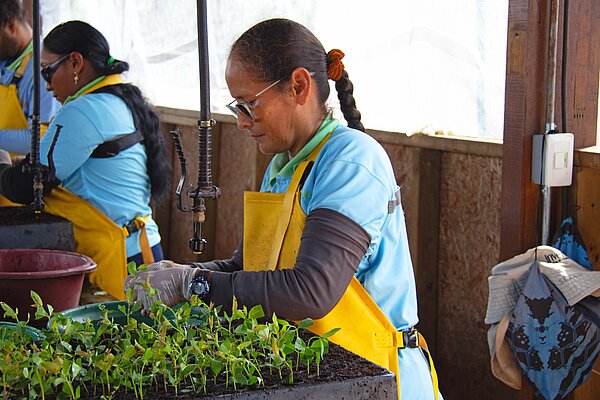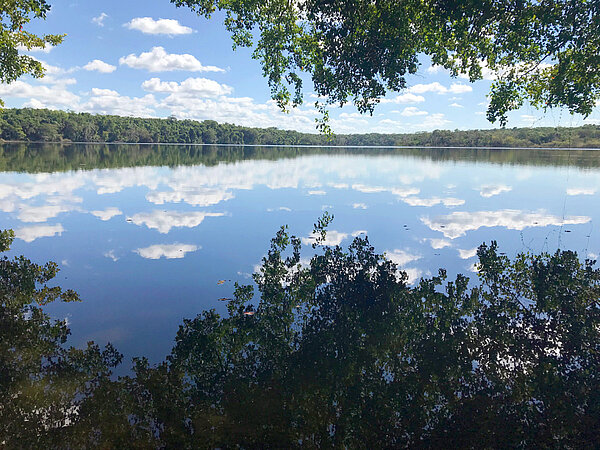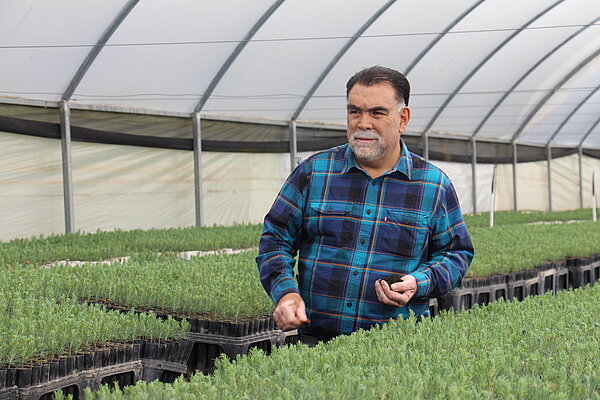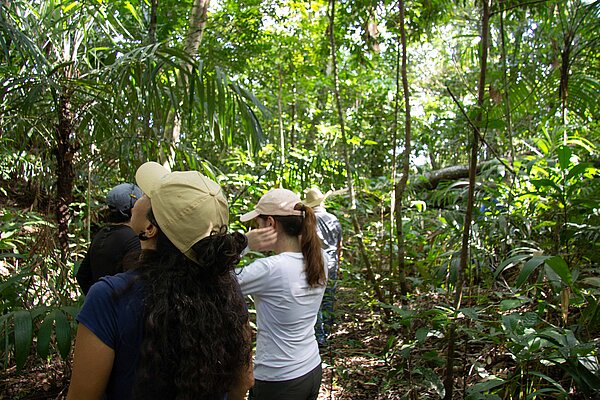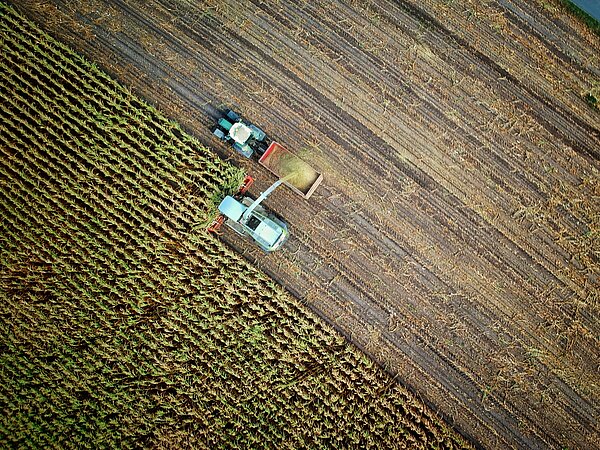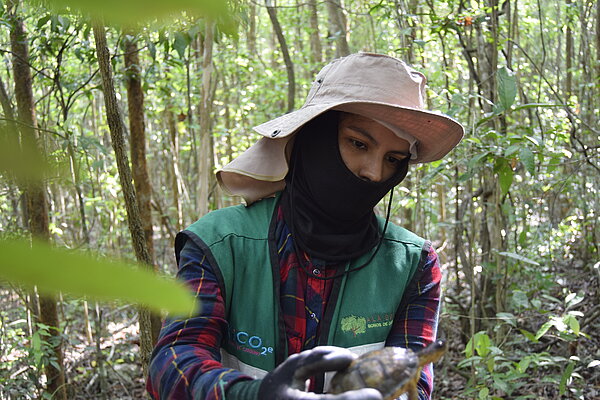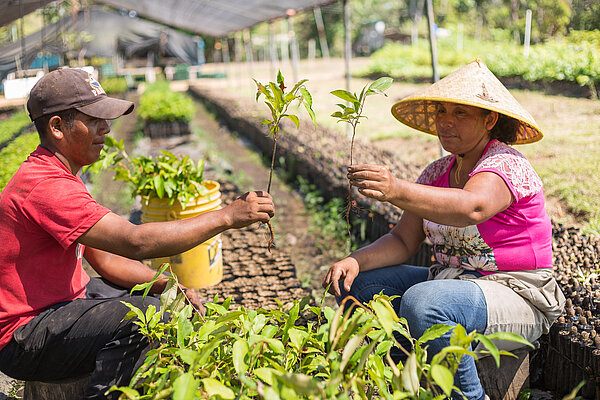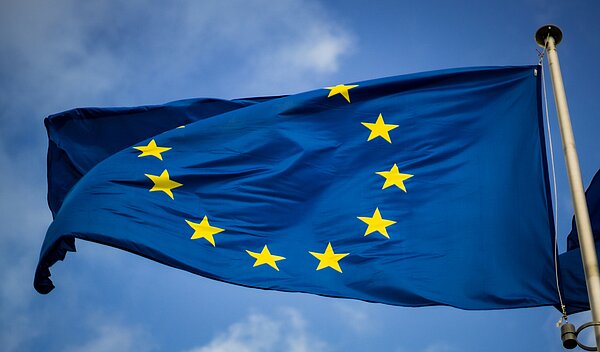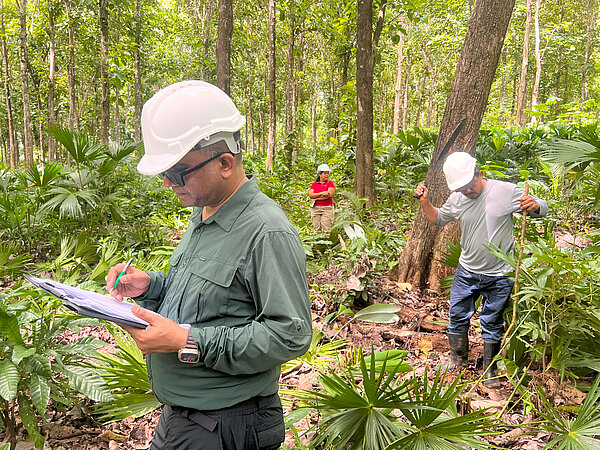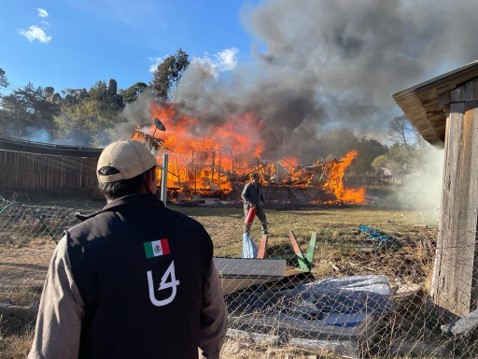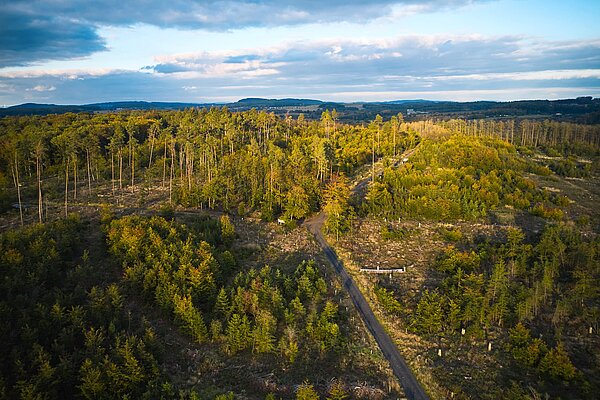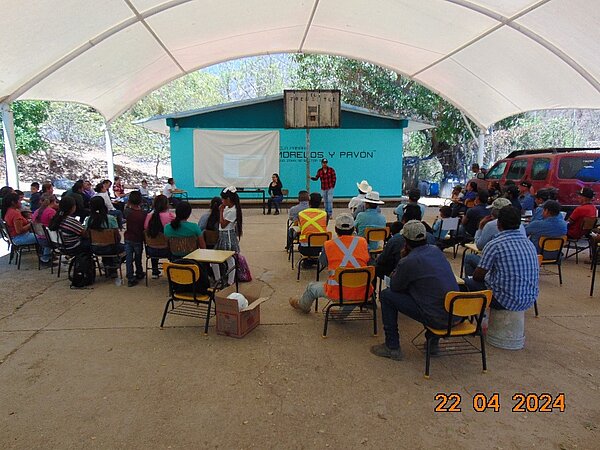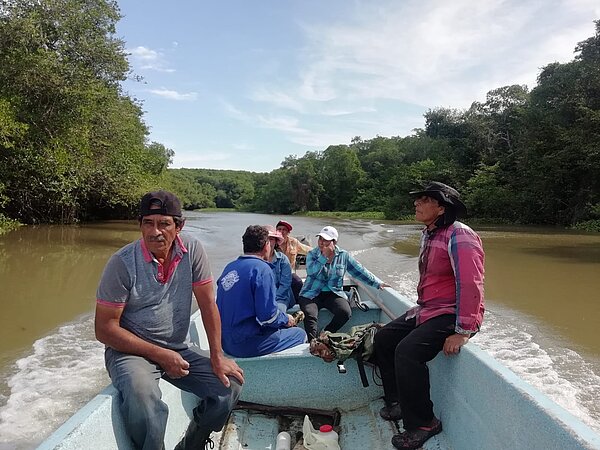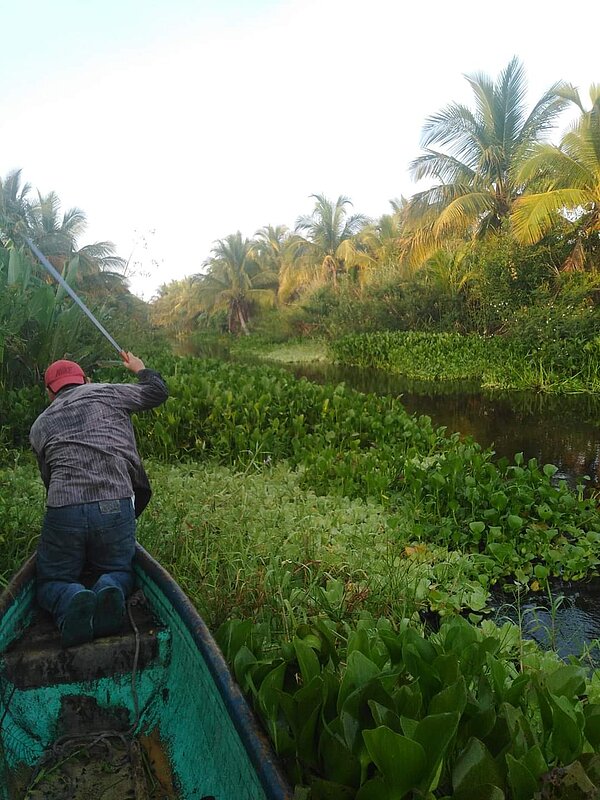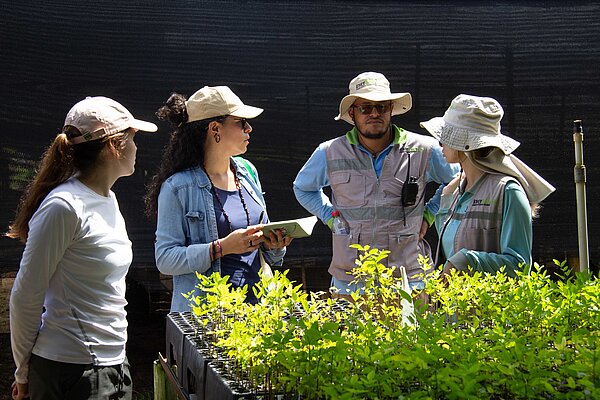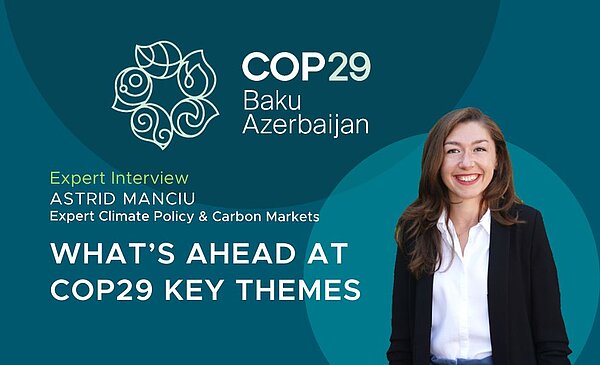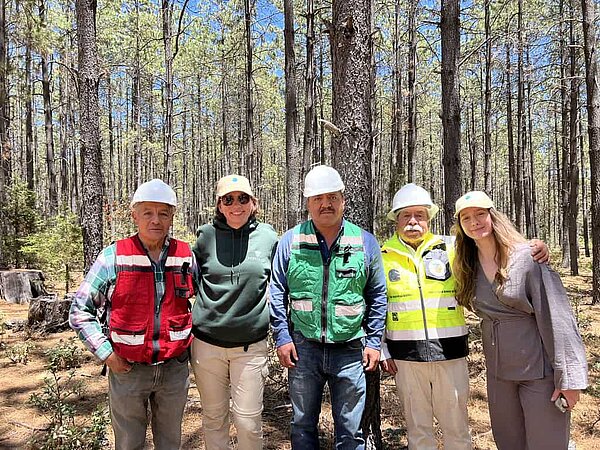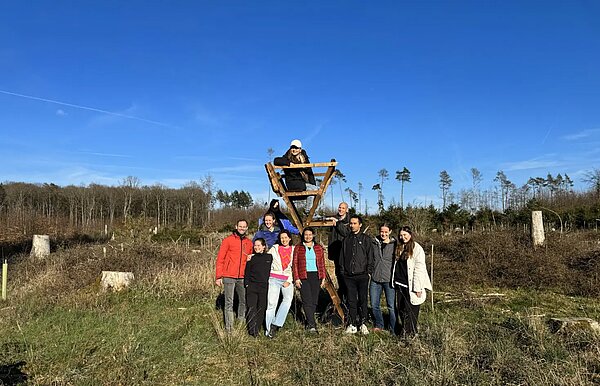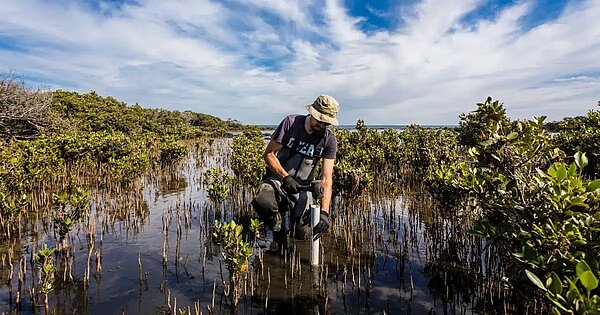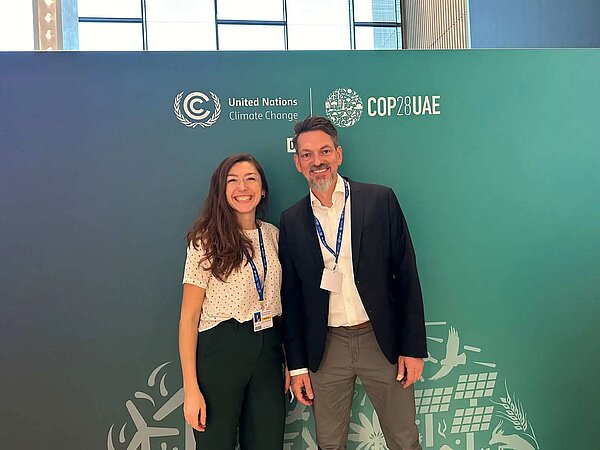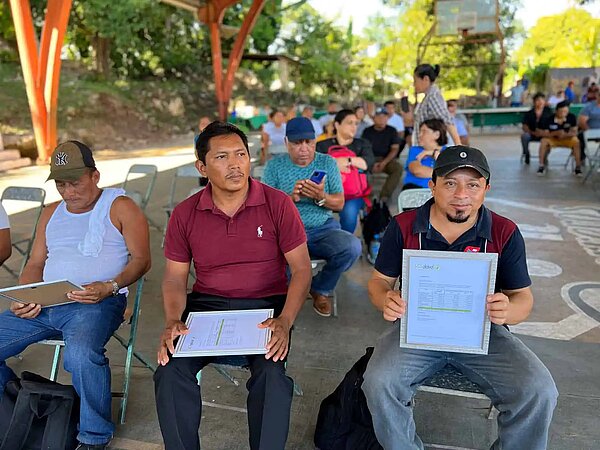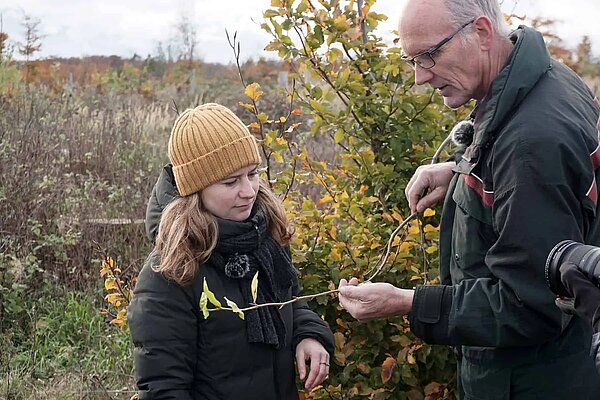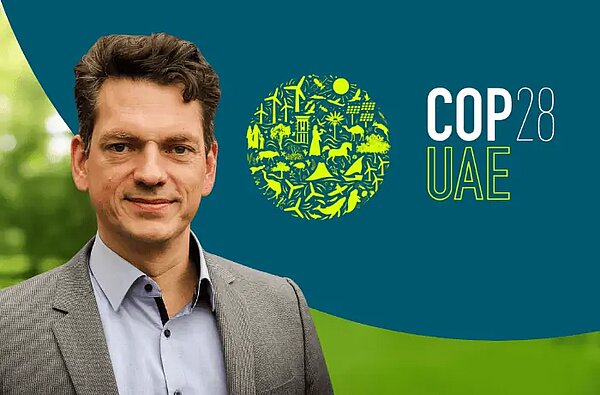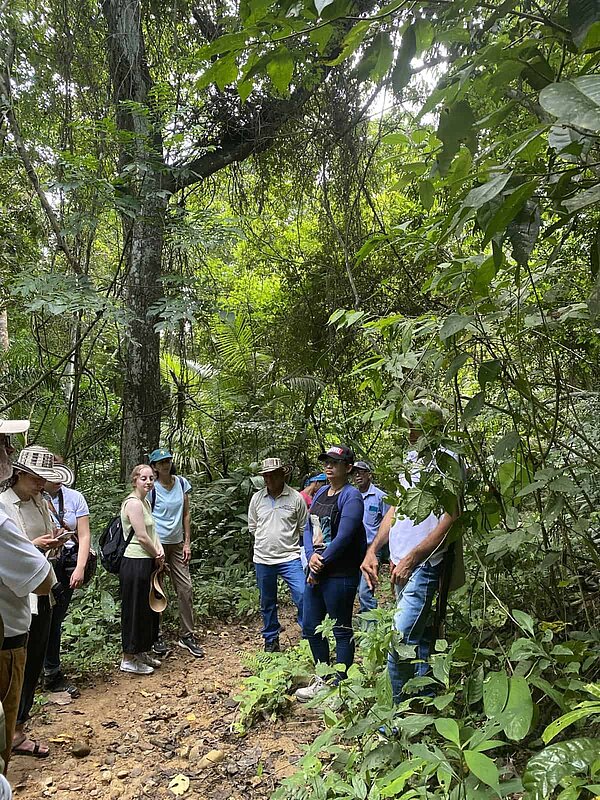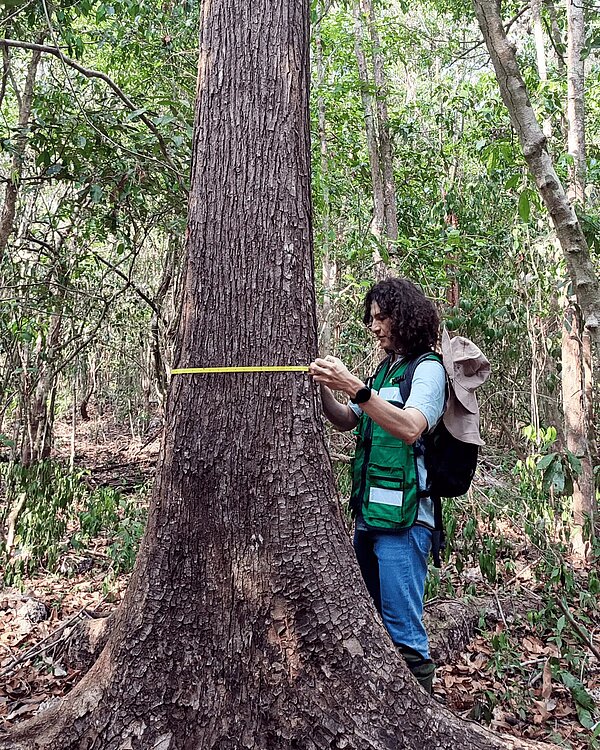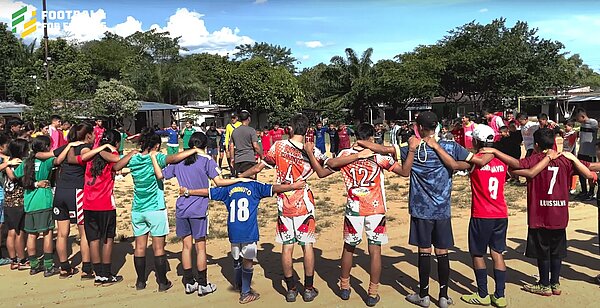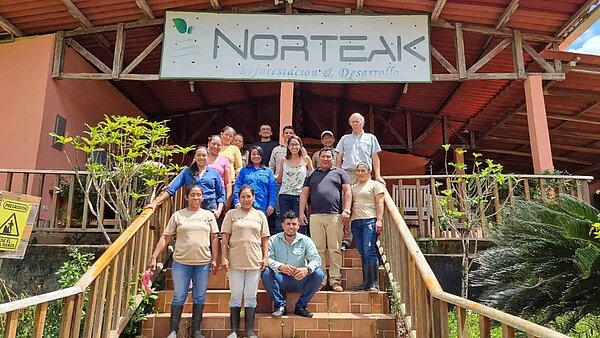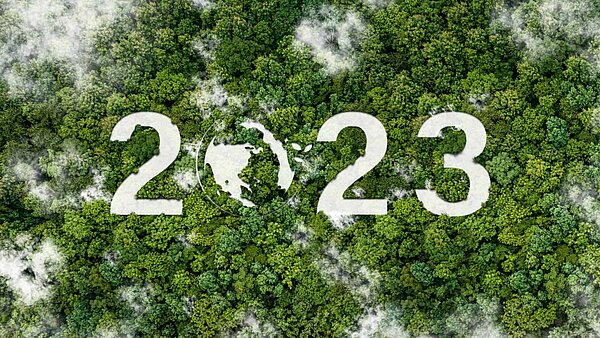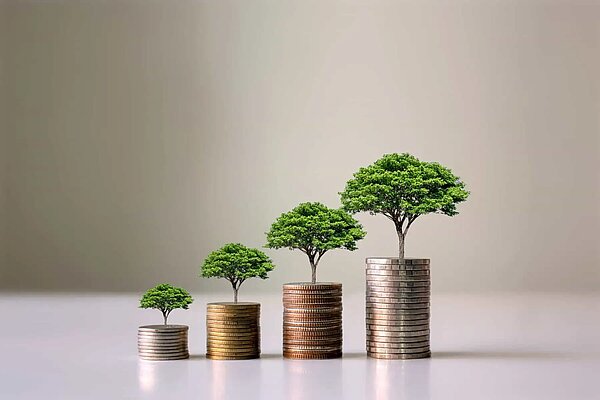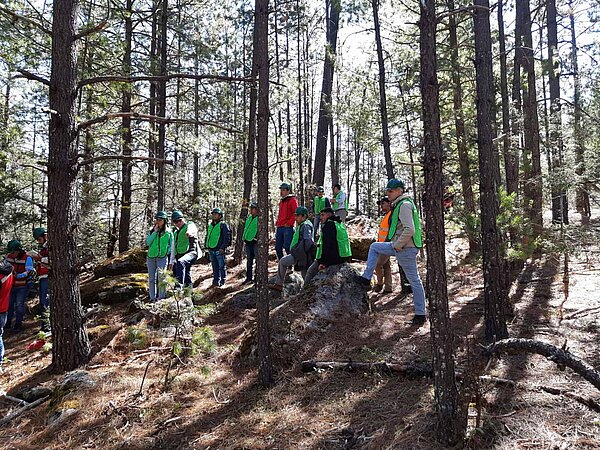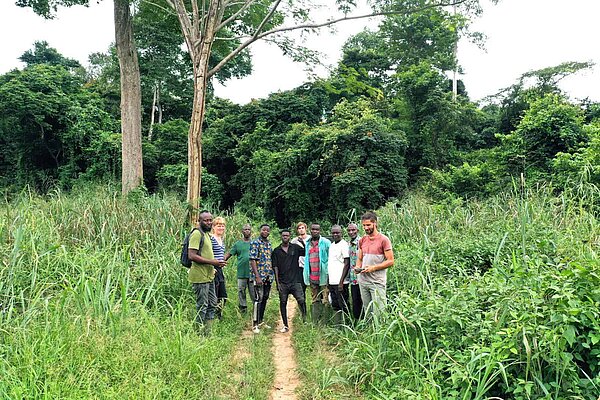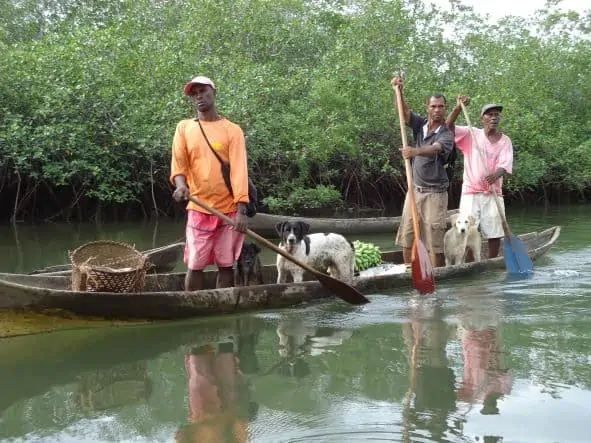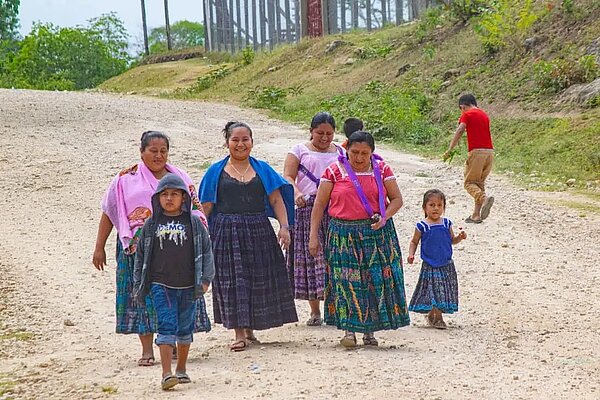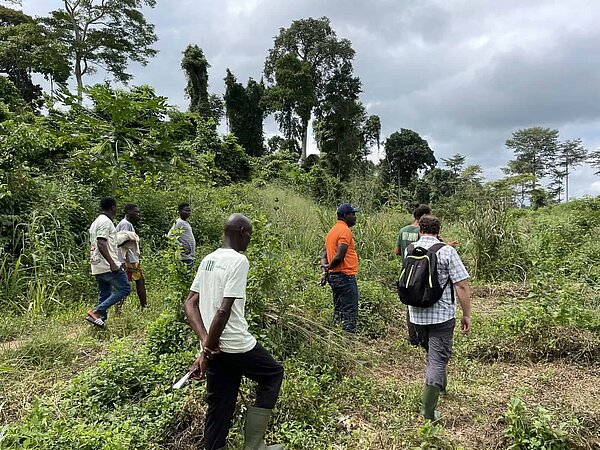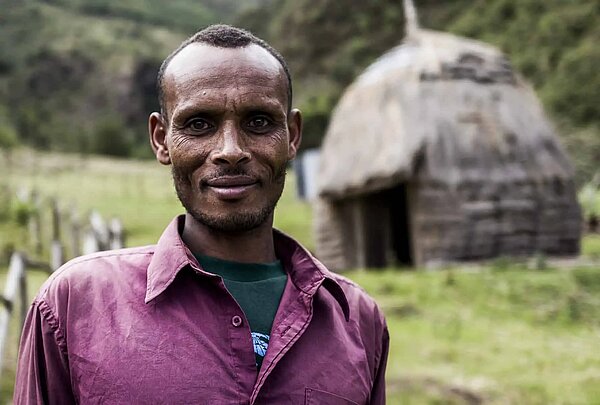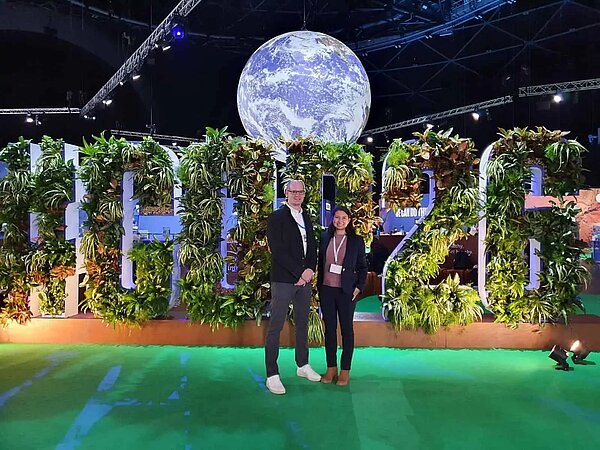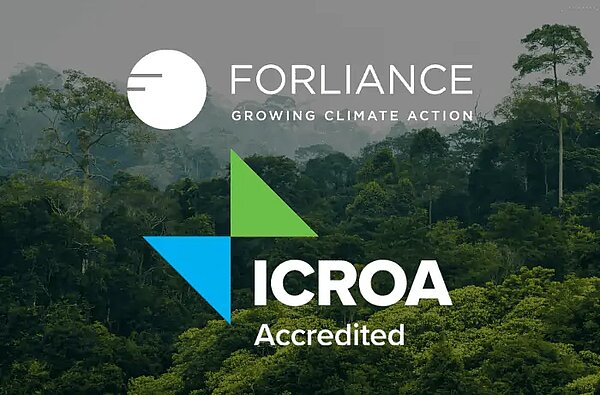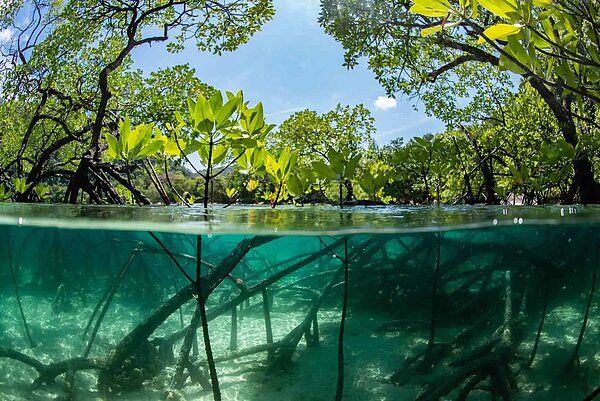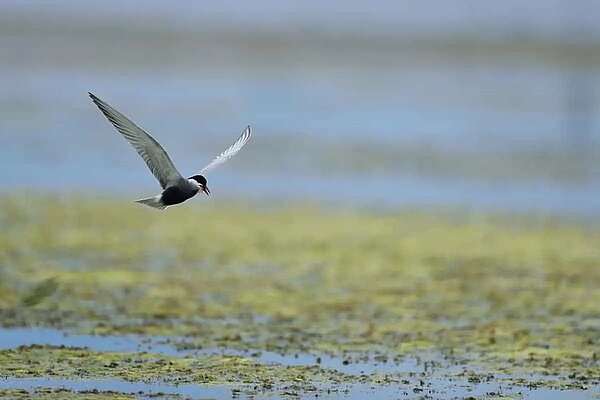FORLIANCE and Gold Standard Launch Innovative Mangrove Management Methodology with Remote Sensing
September 03, 2024
Expert Interviews
As the impacts of climate change intensify, the urgency to protect and restore vital ecosystems has never been greater. Mangroves, often referred to as the “guardians of the coast,” are among the most effective natural solutions for mitigating climate change. These unique ecosystems not only protect shorelines from erosion and storm surges but also play a critical role in sequestering carbon—storing up to ten times more carbon per hectare than terrestrial forests. This capacity to capture and store “blue carbon” makes mangroves essential in the global effort to combat climate change.
Recognizing the importance of these ecosystems, FORLIANCE has partnered with Gold Standard to develop a groundbreaking mangrove management methodology. This new framework is designed to ensure that mangrove restoration projects are not only effective in capturing carbon but also sustainable and equitable in the long term.
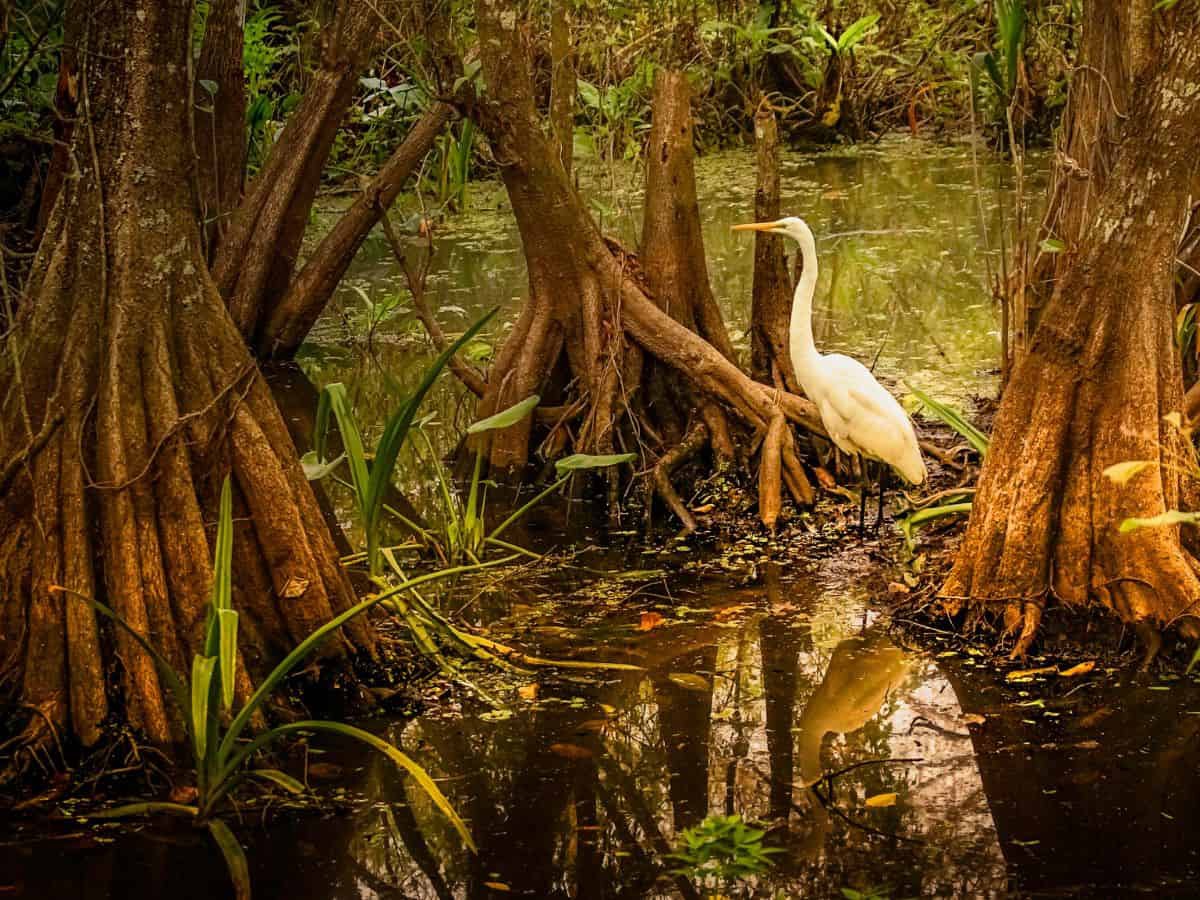

To provide a deeper understanding of this innovative effort, we interviewed Ashwin Shailaja Standard Development & Innovation Manager at Gold Standard, and Karen Veridiano, Senior Manager, Natural Climate Solutions at FORLIANCE, who led the technical development of this methodology.
Can you explain the significance of the new mangrove methodology and why it was necessary to develop it from the standard’s perspective?
A. S.: “Gold Standard’s mission is to accelerate progress toward climate security and sustainable development for all by catalysing finance and maximising its impact. Mangroves are incredibly important ecologically, economically, and socially , supporting the UN’s Sustainable Development Goals, and therefore in line with our mission. Mangrove projects were previously allowed to apply the Gold Standard Afforestation – reforestation GHG emissions reductions & sequestration methodology. However, a need was felt to have a standalone methodology for mangroves ecosystems, taking into consideration all the nuances of such project types to support more efficient project development. Gold Standard has also developed activity requirements for blue carbon and freshwater ecosystems, which must be followed when developing a mangrove project. Also, clearly separating reforestation of mangroves from forestry in land activity types can ensure that associated co-benefits are more easily reported.”
How does this methodology ensure accurate monitoring and reporting of carbon removals in mangrove ecosystems?
A. S.: “The mangrove methodology follows the established modalities of quantifying aboveground biomass of trees. The methodology allows application of remote sensing-based approach which is to be coupled with ground-based data. This will help in situations where ground-based data collection is challenging in mangrove forests due to difficulty in accessing the sites. The methodology also accounts for all kinds of emissions from the project scenario, and leakage and hence is conservative. Soil Organic Carbon (SOC) quantification shall consider autochthonous pools only. This ensures reported carbon removals are real and conservative.”
What makes mangrove ecosystems different from other types of afforestation and reforestation projects, and how does this methodology address those differences considering Gold Standard’s Blue Carbon and Freshwater Wetlands Activity Requirements?
A. S.: “Mangrove ecosystems are not always easy to approach, and collection of ground data is challenging. As a solution, the Gold Standard methodology has provision to apply spatial analysis to arrive at the above ground biomass. Further, as mentioned, the nature of emissions and SOC pools differ. For example, emissions can result from dredging work in mangrove forests, but only organic carbon that originates from the project should be considered for project quantification. Such differences are addressed in the mangrove methodology. The Blue Carbon Activity and Freshwater Wetlands Requirements provide specific requirements on mitigation activities in aquatic ecosystems, ensuring that key aspects of these ecosystems are considered in methodologies and activities.”
How does Gold Standard ensure the credibility and reliability of carbon credits generated through this mangrove restoration methodology?
A. S.: “Gold Standard has a robust mechanism of reviews. Every project undergoes a preliminary review, followed by a design review and a performance review by a third-party validation and verification body, certification body, and the Gold Standard secretariat, before any impact certificate is issued. Gold Standard also emphasises strongly on stakeholder engagement to ensure proper implementation of the projects. All projects must follow the mandatory Principles and Requirements, Stakeholder Consultation and Engagement Requirements, Safeguarding Principles & Requirements and Gender Equality Requirements & Guidelines, among other requirements. This ensures adequate social and environmental safeguards, including gender aspects are considered in all activities. The Gold Standard digital SDG Impact Tool is coupled with the design process, to guarantee all SDG impacts are reported, quantified and verified.”
How is Gold Standard addressing challenges in the widespread adoption of this methodology?
A. S.: ”Gold Standard will endeavour to reach out to stakeholders explaining the methodology and the related activity requirements. Training webinars to on board key stakeholders will be held in the coming months. Related FAQs have been added to Gold Standard’s website which cover a range of questions. Gold Standard is open to answering queries on the application of the methodology through the Gold Standard Help Desk via help@goldstandard.org.
Gold Standard has recently released a new NbS Hub on the Gold Standard for the Global Goals Website, hosting resources, tools and templates to support project developers and validation and verification bodies (VVBs) seeking to develop and validate projects that sequester emissions via forestry and agriculture activities.
Additionally, a nature activites webinar covering the the importance of blue carbon projects for climate mitigation and adaptation, will be held by Gold Standard later this year (details to follow soon).“
What feedback have you received from stakeholders and project developers about the new mangrove restoration methodology?
A. S.: “Gold Standard received many comments from academia, development organisations, project developers and corporates on the mangrove methodology. These comments were considered for the final draft of the methodology. Gold Standard appreciates and thank all stakeholders who made the effort to provide their observations. Gold Standard always encourages stakeholders to provide their observations for continual improvement.”

FORLIANCE’s expertise: Advancing a cutting-edge mangrove restoration methodology
Following the insights from Gold Standard, Karen Veridiano, Senior Manager, Natural Climate Solutions at FORLIANCE, shared her perspective on the technical development and implementation of the mangrove restoration methodology. Karen’s responses highlight FORLIANCE’s role in ensuring the methodology’s effectiveness and the innovative approaches being applied to make these restoration projects successful and sustainable.
Can you describe how FORLIANCE is implementing this new mangrove restoration methodology in its projects?
K. V: “FORLIANCE, through its pipeline project process, is assessing potential projects where the mangrove methodology can be applicable. In addition to the requirements of the mangrove methodology, FORLIANCE has its own high-quality criteria that need to be met for potential projects to be considered feasible for implementation.”
How does FORLIANCE ensure stakeholder consultation and engagement in the development and implementation of this methodology?
K. V: “The Sustainable Management of Mangroves Methodology is based on existing Safeguarding Principles and Requirements and the Gender Equality Requirements & Guidelines (among others) of Gold Standard. In addition to these standard-level requirements, the methodology itself requires project proponents to follow a multi-stakeholder and participatory approach at various stages of the project, including identifying historic mangrove coverage, assessing drivers of mangrove deforestation, and identifying and quantifying SDG contributions related to the social and biodiversity components of the project.”
What role do local and regional datasets play in FORLIANCE’s implementation of this methodology?
K. V: “The Sustainable Management of Mangroves Methodology, in conjunction with the multi-stakeholder and participatory approach, allows project proponents to utilize local and regional datasets while ensuring that safeguards and due diligence are in place to maintain robust and credible data. The methodology specifies guidelines and steps to ensure data credibility through the validation of any data and methods used and compliance with Gold Standard requirements in addition to the specific methodology requirements.”
What innovative approaches does the new mangrove restoration methodology introduce for biomass accounting, particularly in using remote sensing and field measurements?
K. V: “The main innovation of the Sustainable Management of Mangroves methodology is the use of remote-sensing-based approaches to measure and monitor aboveground tree biomass.
The following three approaches are allowed for accounting:
- Approach “Remote Sensing”: Regression analysis between on-site biomass measurements and remote sensing biomass estimation.
- Approach “Field Measurement”: In-situ measurements and site-specific models.
- Approach “Models”: Local or regional datasets and/or models (only with validation against in-situ measurements).”
What measures are in place at FORLIANCE to ensure the long-term sustainability and effectiveness of mangrove restoration projects under this methodology?
K. V: “Included in this methodology is the assessment of drivers of mangrove deforestation, which specifically outlines the necessary steps to ensure that the project not only conducts mangrove reforestation activities but also addresses and monitors the causes of mangrove deforestation. This layer of safeguards helps reduce the risk of further deforestation during the project’s lifetime. Additionally, the multi-stakeholder and participatory approach to determining the climate, social, and biodiversity impacts of the project and its corresponding SDG contributions provides further assurance of the long-term sustainability and effectiveness of the project.”
What measures are in place at FORLIANCE to ensure the long-term sustainability and effectiveness of mangrove restoration projects under this methodology?
K. V: “Included in this methodology is the assessment of drivers of mangrove deforestation, which specifically outlines the necessary steps to ensure that the project not only conducts mangrove reforestation activities but also addresses and monitors the causes of mangrove deforestation. This layer of safeguards helps reduce the risk of further deforestation during the project’s lifetime. Additionally, the multi-stakeholder and participatory approach to determining the climate, social, and biodiversity impacts of the project and its corresponding SDG contributions provides further assurance of the long-term sustainability and effectiveness of the project.”
How does this methodology, with FORLIANCE’s involvement, contribute to advancing nature-based solutions and climate action, particularly in the blue carbon sector?
K. V: “This methodology, developed with FORLIANCE’s expertise, plays a crucial role in advancing nature-based solutions and climate action, especially in the blue carbon sector. By integrating technological innovations like remote sensing for biomass monitoring, it not only enhances the transparency and accuracy of carbon quantification but also reflects FORLIANCE’s commitment to pushing the boundaries of traditional carbon methodologies. “
What challenges has FORLIANCE faced in developing this methodology, and how have they been overcome?
K. V: “Mangrove ecosystems are as unique as they are complex. This combination of terrestrial and marine ecosystems, along with the dynamic nature of mangrove ecosystems, was one of the challenges that needed to be addressed while developing the methodology. The various interests and perspectives from different stakeholders also added to the complexity of developing and finalizing the mangrove methodology. These challenges required time and collaboration among various teams and expertise within FORLIANCE to be resolved. Feedback iterations, although time-consuming, were crucial in refining and finalizing the mangrove methodology.”
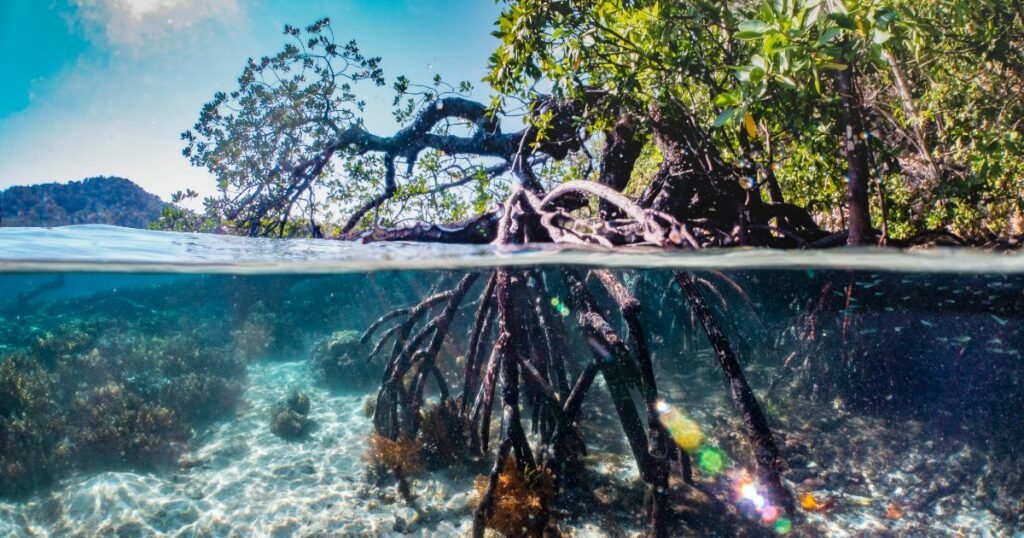
A collaborative effort toward sustainable mangrove restoration
The development of this mangrove restoration methodology represents a significant leap forward in the field of blue carbon and nature-based solutions. By combining the expertise of FORLIANCE and Gold Standard, we have created a framework that not only addresses the unique challenges of mangrove ecosystems but also sets a high standard for transparency and accuracy in blue carbon quantification.
Are you planning to invest in a mangrove carbon project or considering implementing your own? Get in touch with our experts at FORLIANCE. We’re here to help you navigate the complexities of mangrove restoration and ensure your project contributes meaningfully to climate action and sustainable development.

